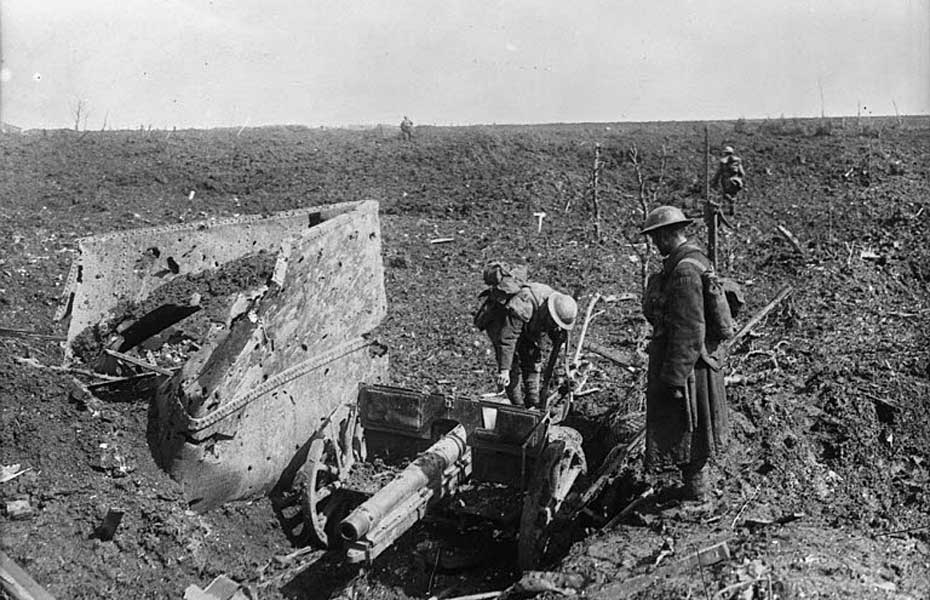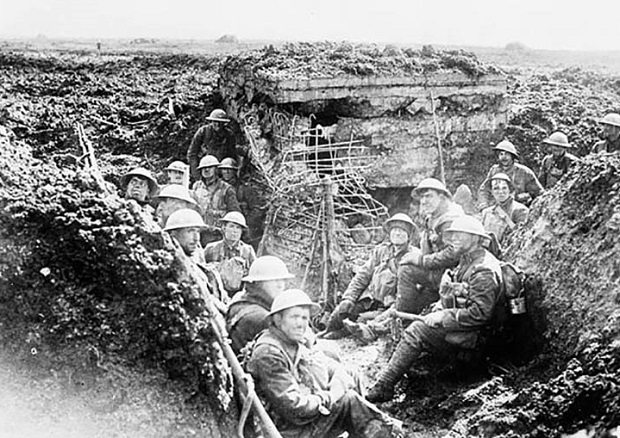The Battle of Vimy Ridge lasted from April 9, 1917 to April 12, 1917. It was the most significant Allied victory of World War One, resulting in the beginning of the German retreat. Vimy Ridge was a large rock formation outside the town of Arras in France. The Germans had been using the ridge as a military base, and were able to successfully fend off the Allies in previous attacks.

What the Allies did differently in this battle was that they were well-prepared. Canadian, British, and French troops practiced at night so the Germans couldn’t see what they were doing. They also laid down miles of underground railroad so troops could be easily transported–right under the Germans’ noses. Several reconnaissance missions were flown by plane, so the generals had a very good idea of machine gun placements. The soldiers rehearsed time after time so that when it was time to attack, every man new what to do, even if their commander was wounded or killed.

At 5:30 A.M. on April 9, the Canadian Army swept through the German defences and successfully gained a foothold. The Germans had no idea they were coming due to the heavy sleet (freezing rain) that was falling, providing the Allies with adequate cover. Over the next three days, the German defences at Vimy Ridge were completely destroyed, starting the crumbling of the German hold on Europe.
